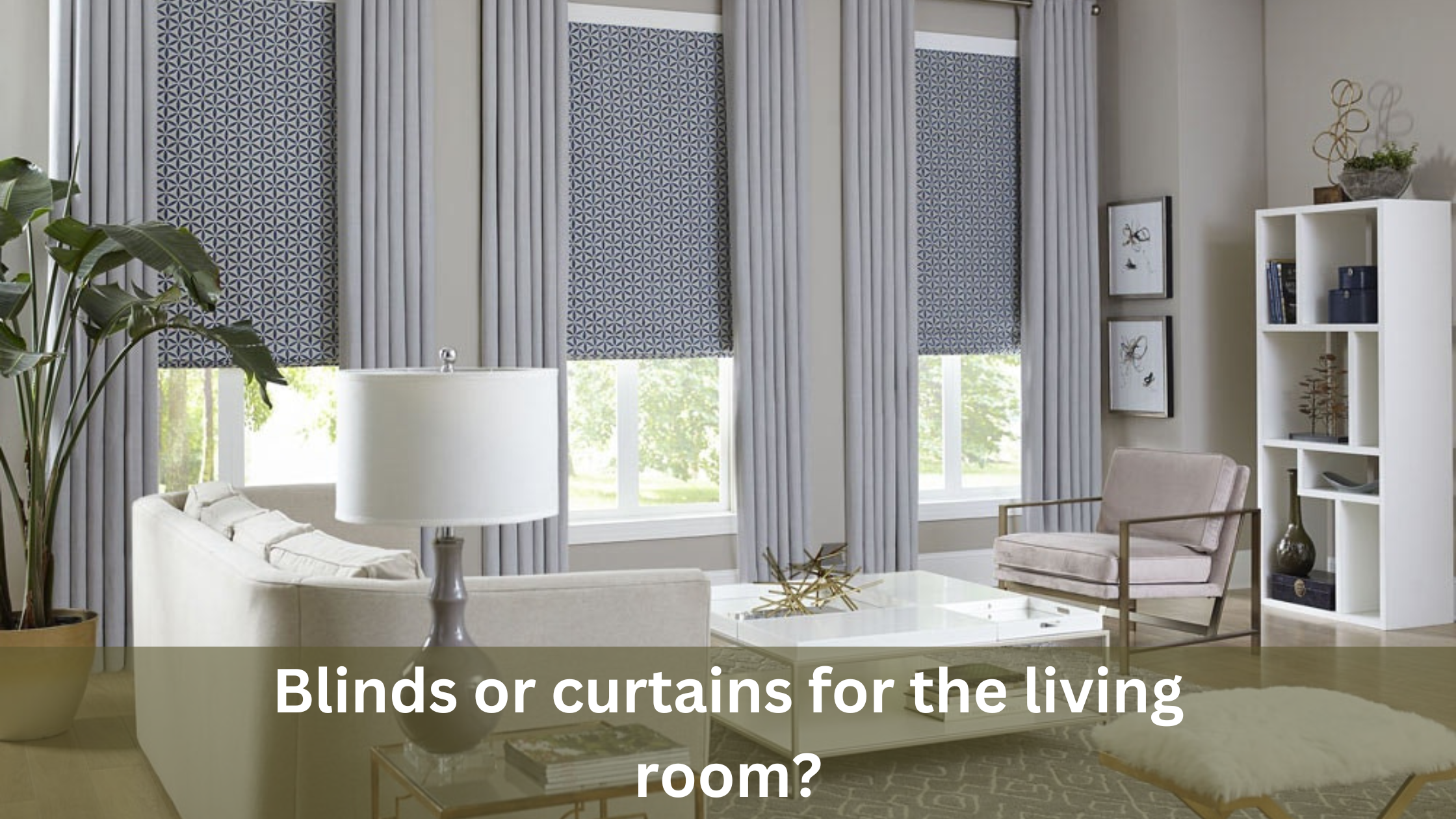Should you choose blinds or curtains for your living room windows? The decision can significantly impact your room’s ambience, light control, and overall style.
Do you want to create a cosy, traditional feel or a sleek, modern look? Explore our comprehensive guide to find the perfect balance of functionality and aesthetics to enhance your living space.
Is It Better to Have Blinds or Curtains in a Living Room?
When deciding between blinds or curtains for your living room, consider your décor style, light control needs, and privacy preferences. Blinds offer sleekness and precise light adjustment, which is ideal for modern settings. Curtains provide warmth, texture, and a classic look, perfect for traditional or cosy atmospheres. Choose based on your functional and aesthetic priorities.
Aesthetic Considerations
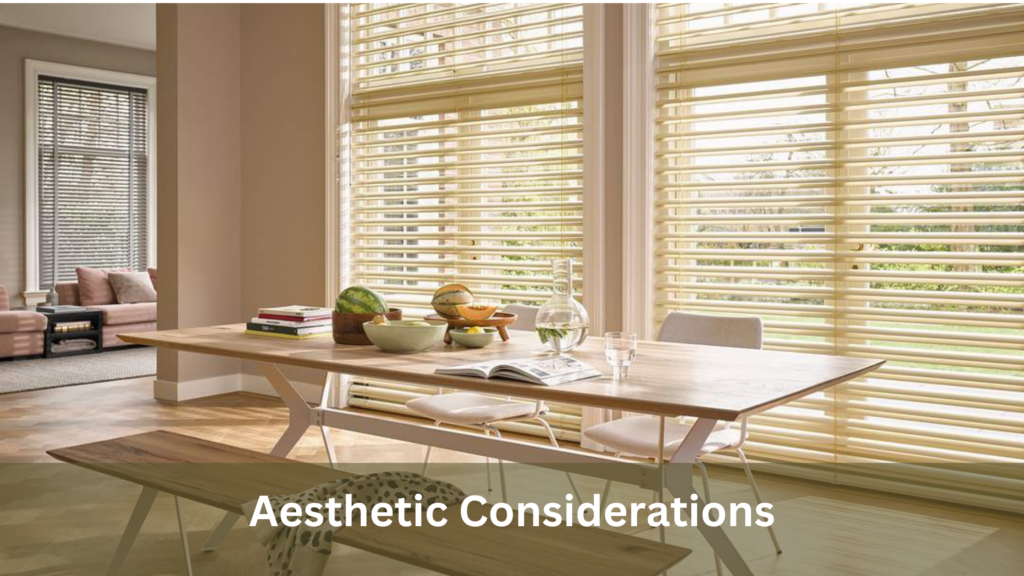
When choosing between blinds and curtains for your living room, aesthetic considerations are crucial in achieving your space’s desired look and feel.
Blinds, known for their sleek and modern appearance, are available in various materials such as wood, aluminium, or fabric. They offer clean lines and precise control over light and privacy, making them ideal for contemporary interiors.
Vertical blinds, for instance, can elongate windows and create a sense of height, perfect for rooms with low ceilings.
On the other hand, curtains bring warmth, texture, and a sense of luxury to a room. Available in endless fabrics, colours, and patterns, curtains can dramatically enhance the décor, adding visual interest and softening the overall look.
Heavy fabrics like velvet or linen create a cosy, intimate atmosphere, while sheer curtains diffuse light and create an airy, elegant feel. Consider your furnishings’ colour scheme and texture when choosing between blinds and curtains.
Functionality and Practicality
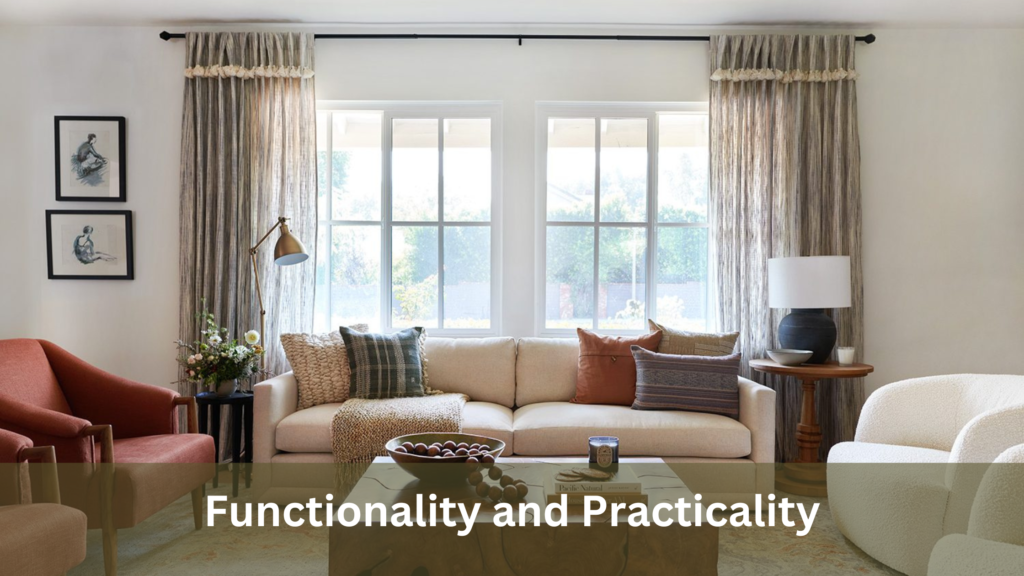
When selecting window treatments for your living room, consider functionality and practicality to ensure they meet your daily needs.
Blinds offer precise light control and privacy with adjustable slats that can be tilted or closed. They are particularly beneficial for rooms where direct sunlight can be harsh, allowing you to regulate brightness without sacrificing visibility.
In contrast, curtains provide better insulation, helping to maintain room temperature by blocking drafts and heat loss through windows. This feature can contribute to energy efficiency, especially in colder months.
Curtains also dampen sound, making them ideal for creating a quieter environment in bustling areas or homes with hardwood floors.
Maintenance-wise, blinds are generally easier to clean, often requiring a quick dusting or occasional wipe-down. Depending on the fabric type, curtains may need more frequent washing but can be easily removed and laundered to maintain freshness.
Consider your lifestyle and preferences when deciding between blinds and curtains. If ease of use and light control are priorities, blinds may be the better choice. For those prioritising insulation, sound reduction, and a softer aesthetic, curtains might be more suitable.
Energy Efficiency
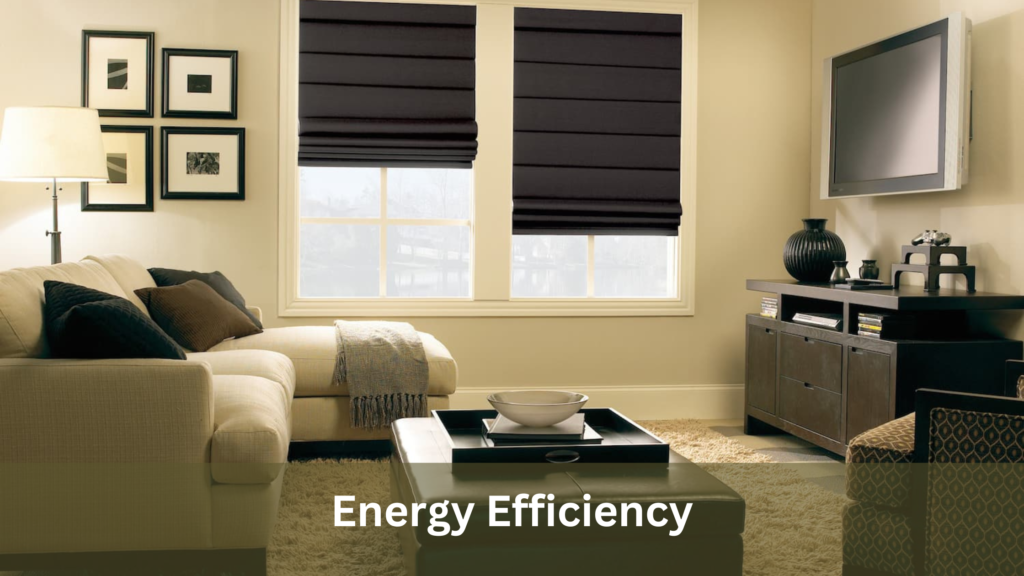
Energy efficiency is crucial when deciding between blinds and curtains for your living room. Blinds, such as Venetian or roller blinds, offer excellent light control.
They allow you to adjust sunlight penetration and reduce the need for artificial lighting during the day, which can lower energy consumption associated with lighting and cooling systems.
Curtains, especially those from heavier fabrics like velvet or lined materials, provide adequate insulation. They can help retain heat in winter and block out heat in summer, reducing the workload on heating and air conditioning systems.
This insulation effect can contribute significantly to maintaining a comfortable indoor temperature and potentially lowering energy bills.
When choosing curtains for energy efficiency, consider their thickness and lining. Thicker fabrics with thermal linings offer better insulation properties. Opt for materials that reflect rather than absorb heat for blinds, such as aluminium blinds.
Ultimately, your choice should align with your climate, home orientation, and energy-saving goals.
Blinds control light and visibility, while curtains are superior in thermal regulation and energy conservation, making them ideal for enhancing overall energy efficiency in your living space.
Maintenance and Durability

Maintenance and durability are key factors to assess when considering window treatments for your living room.
Blinds, such as aluminium or PVC options, are generally easy to maintain with regular dusting or occasional wiping. They are resistant to moisture and fading, making them suitable for humid environments like kitchens or bathrooms.
In contrast, curtains require more frequent maintenance, especially if made from delicate fabrics that may need washing or dry cleaning. However, curtains can be durable, depending on the material and construction. Fabrics like cotton or polyester blends are often more resilient to wear and tear than silk or velvet.
Durability also depends on the quality of the blinds or curtains. High-quality materials and well-constructed blinds or curtains will withstand daily use and maintain their appearance longer.
Consider factors like UV resistance for blinds exposed to direct sunlight and fabric treatments for curtains to enhance longevity and ease of care.
Cost Considerations
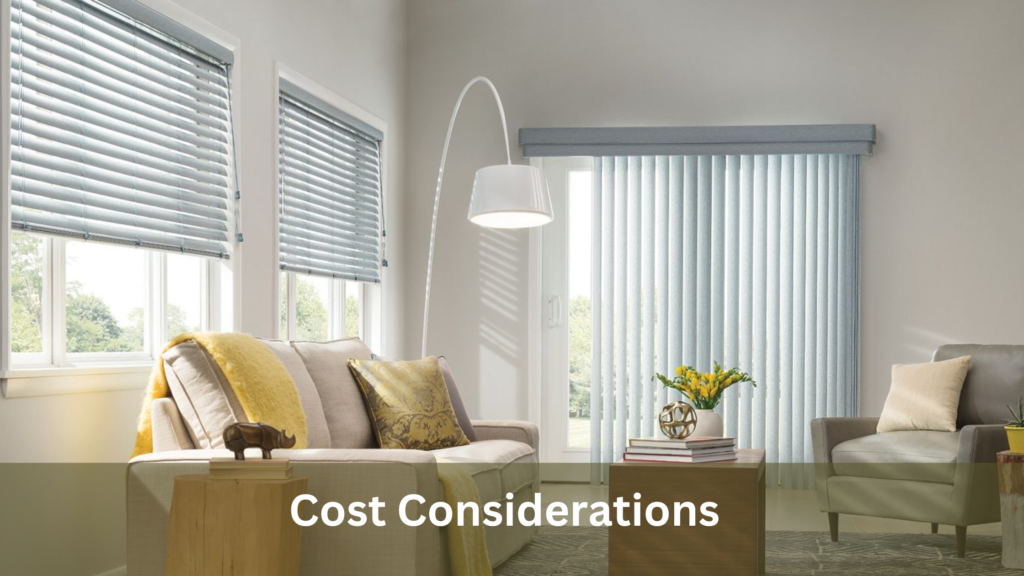
Cost is a significant factor when deciding between blinds and curtains for your living room. Blinds typically vary in price based on material and style.
Basic options like vinyl or PVC blinds are more budget-friendly, while custom-made or designer blinds can be more expensive. Installation costs may also apply, especially for motorised or complex blind systems.
Conversely, curtains vary in price depending on fabric, lining, and size. Ready-made curtains are generally more affordable than custom-made ones. Additional costs may include curtain rods or tracks and professional installation if required.
Consider long-term expenses as well; blinds often require minimal upkeep and replacement costs, whereas curtains may need periodic cleaning and potential replacement due to wear and tear.
Factor in energy efficiency benefits; curtains can help reduce heating and cooling costs, potentially offsetting their initial expense over time.
Ultimately, your budget and desired aesthetic will influence your choice between blinds and curtains. Balance upfront costs with long-term savings and maintenance to make an informed decision that enhances your living space and financial well-being.
Safety Aspects
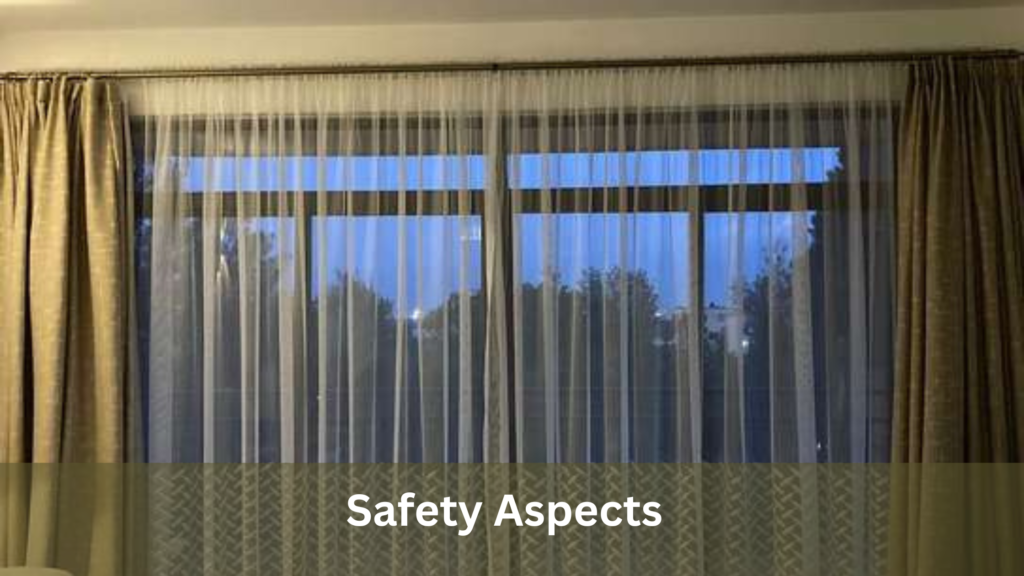
Safety is crucial, especially in homes with young children or pets. Blinds, particularly those with cords, pose a potential strangulation risk. Opt for cordless designs or ensure cords are out of reach and secured with safety devices.
Curtains generally present fewer safety concerns compared to blinds. However, long curtain cords or ties can pose entanglement risks, especially for small children and pets.
Use cord cleats or tiebacks to secure cords out of reach, or consider tie-free curtain designs for added peace of mind. When choosing window treatments, prioritise safety certifications and consider the layout of your living space.
Blinds with safety features like cordless operation or tension devices provide added security, while curtains with secure tiebacks or shorter cords minimise hazards. Ensure your choice aligns with safety standards to create a safe environment for everyone in your home.
Versatility and Adaptability
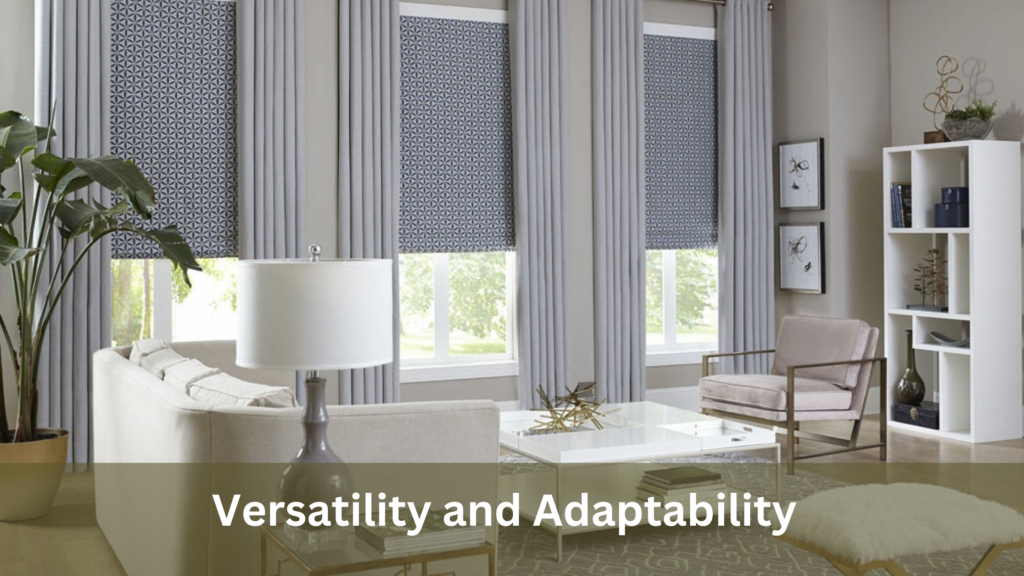
Versatility and adaptability are essential when selecting your living room’s window treatments. Blinds offer a range of styles and materials to suit various décor themes and functional needs.
Whether you prefer the sleek lines of Venetian blinds or the soft folds of Roman blinds, there are options to complement modern or traditional interiors. Blinds also come in various colours and patterns, allowing you to update your room’s look without significant renovations easily.
Curtains provide flexibility in fabric choices, textures, and lengths, making them highly adaptable to different interior styles. From lightweight sheers that filter light to heavy drapes that add warmth and drama, curtains can be tailored to enhance any room’s aesthetic.
They also offer the opportunity to introduce patterns and prints, serving as a focal point or blending seamlessly with existing décor. When choosing between blinds and curtains, consider the room’s layout and the natural light it receives.
Blinds excel in rooms requiring precise light control and minimalistic appeal, while curtains offer warmth, texture, and design flexibility for creating inviting living spaces.
Conclusion
Choosing between blinds and curtains for your living room hinges on your specific needs and preferences. Consider factors like light control, insulation, maintenance, and safety.
Whether you opt for the sleek versatility of blinds or the soft elegance of curtains, make a decision that enhances both functionality and style in your living space. Ready to transform your windows? Choose wisely and enjoy your ideal living room ambience.

